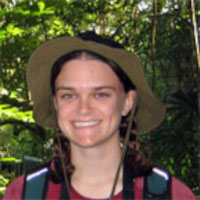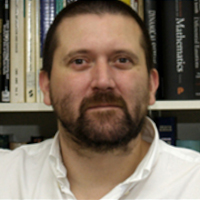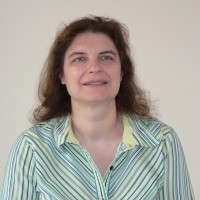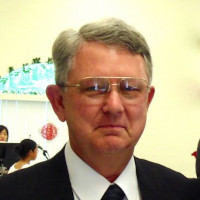
ISE Seminar: Jasmine Foo (University of Minnesota, Mathematics)
279 Weil HallA Mathematical Model of Field Cancerization I will be talking about some recent/ongoing work on a mathematical model of the ‘cancer field effect.’ This term refers to the clinical observation that at the time of tumor initiation, there can be multiple premalignant lesions in the surrounding tissue field, and the presence of these premalignant fields …







